In the realm of digital photography and graphic design, understanding the intricacies of file formats is essential for creating high-quality images. Among the plethora of file formats available, two prominent contenders often find themselves in the spotlight: TIFF (Tagged Image File Format) and JPEG (Joint Photographic Experts Group). As an experienced studio photographer at St Louis Studio Photography, I’m here to shed light on the differences between these formats and help you make informed decisions about which one to use for your creative projects.
TIFF: The Uncompromising Standard
TIFF stands as a stalwart in the world of image formats. Renowned for its lossless compression, TIFF ensures that no image quality is sacrificed during the compression process. This makes it the preferred choice for professional photographers and graphic designers who demand the utmost in image fidelity.
One of the most significant advantages of TIFF is its ability to support multiple layers and channels. This feature is particularly beneficial for intricate editing and manipulation, allowing you to work on individual components of an image with precision. Whether you’re dealing with color correction, retouching, or compositing, TIFF’s support for layers provides unparalleled flexibility.
Additionally, TIFF files are suitable for both raster and vector images, making them an excellent choice for a wide range of design projects. However, it’s important to note that TIFF files tend to be larger in size due to their lossless compression, which may impact storage and loading times, especially when dealing with a large number of images.
JPEG: Balancing Size and Quality
JPEG, on the other hand, offers a different approach to file compression. This format utilizes lossy compression, meaning that some image data is discarded during the compression process. While this results in smaller file sizes, it also means that there is a potential loss of image quality.
JPEG’s compression algorithm is designed to strike a balance between file size and image quality. It achieves this by analyzing the image and discarding information that the human eye is less sensitive to. This makes JPEG an excellent choice for web images, where quick loading times are crucial, and minor quality compromises are acceptable.
The versatility of the JPEG format lies in its widespread compatibility. Most devices, browsers, and software can handle JPEG files without any issues, making it a convenient choice for sharing images across different platforms.
Choosing the Right Format for the Job
When deciding between TIFF and JPEG, consider the specific requirements of your project:
- Image Quality: If your project demands the highest level of image fidelity, such as for print publications or large-scale graphics, TIFF is the go-to option. Its lossless compression ensures that every detail of your image remains intact.
- File Size and Loading Times: For web-based projects, where quick loading times are essential, JPEG’s smaller file sizes can significantly enhance user experience. While there might be some loss in image quality, it’s often imperceptible in online settings.
- Editing and Manipulation: If you anticipate extensive editing, manipulation, or post-production work on your images, TIFF’s support for layers and lossless compression will provide you with the necessary flexibility and precision.
- Compatibility: Consider where and how your images will be used. JPEG’s widespread compatibility makes it a safe bet for sharing images across different devices and platforms.
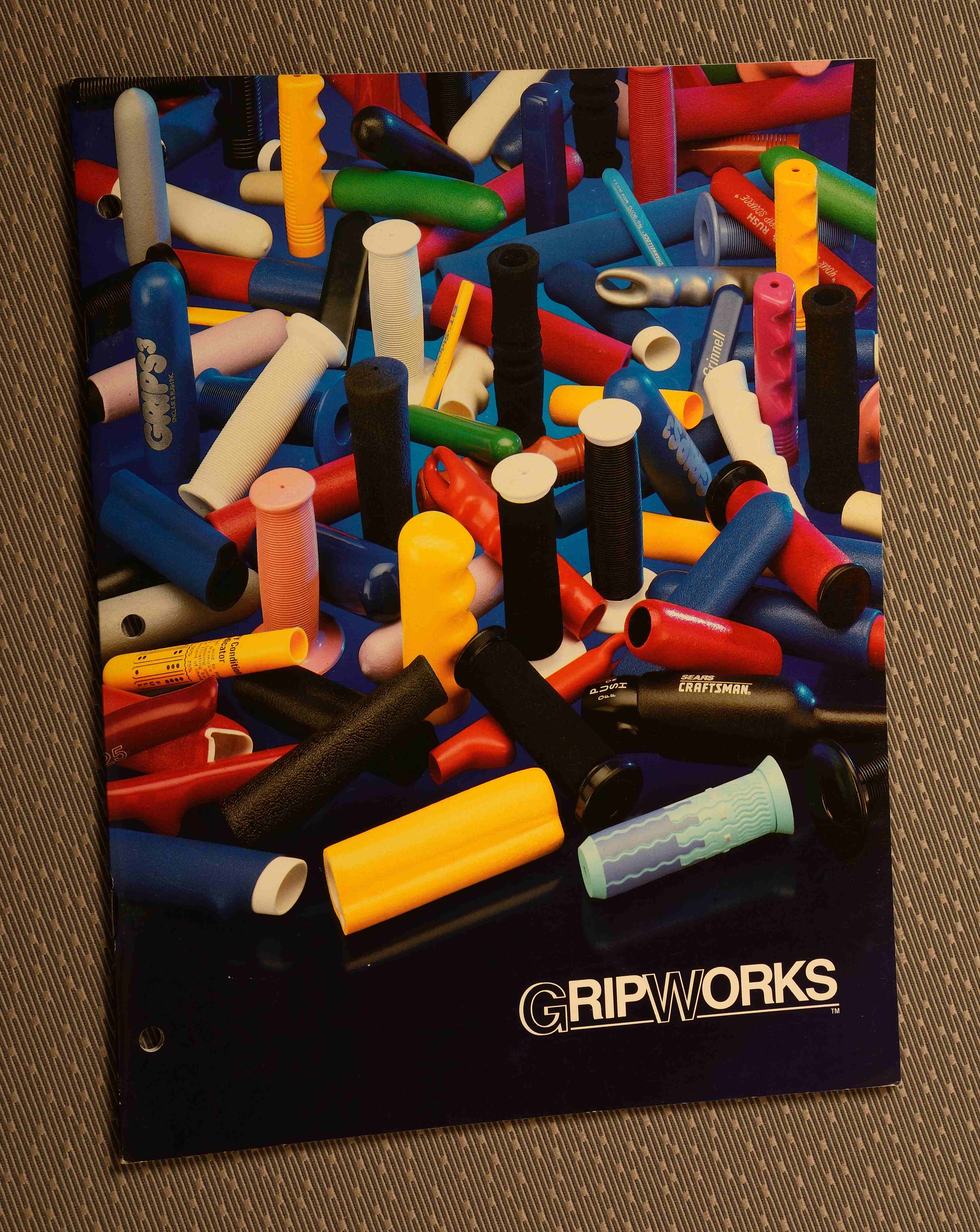
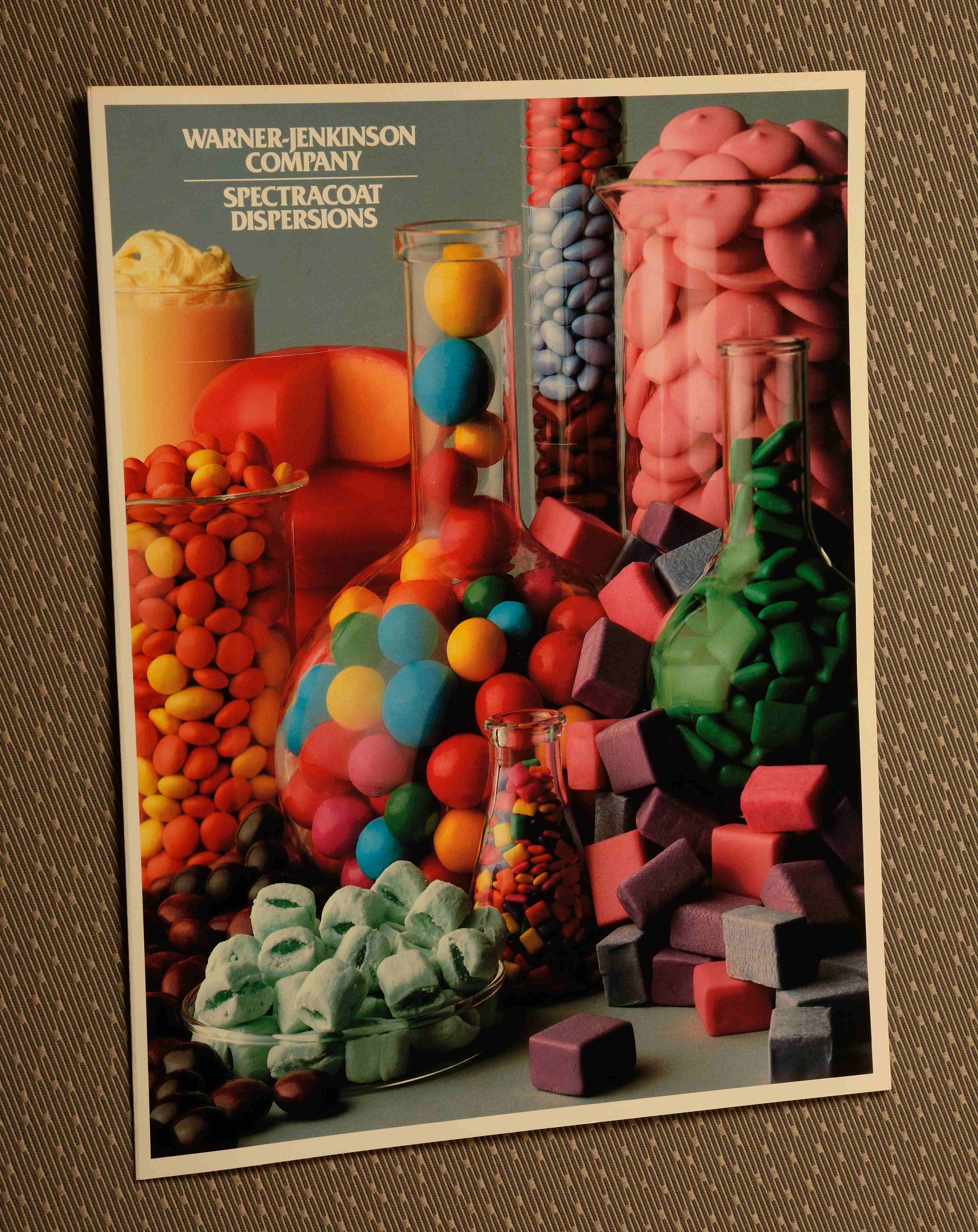
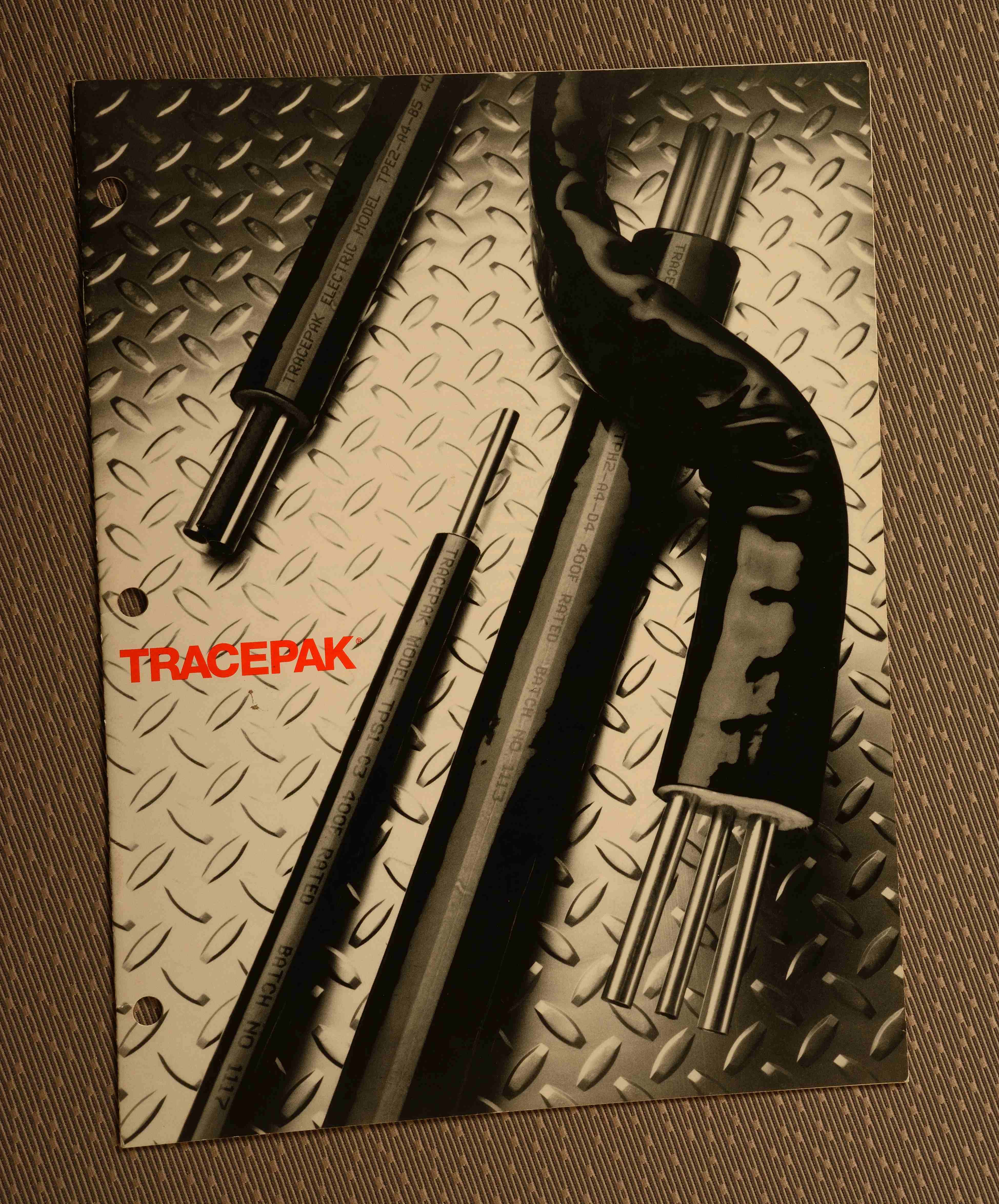
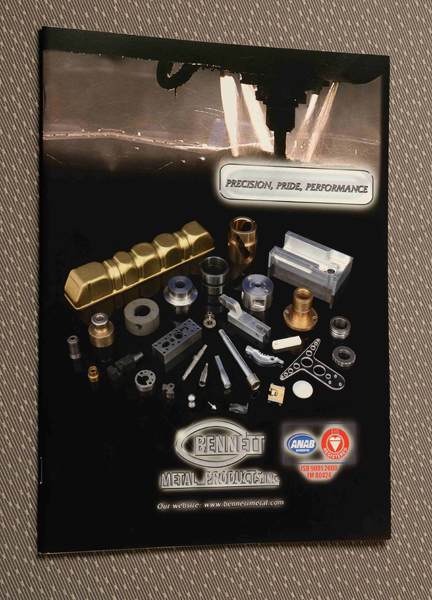
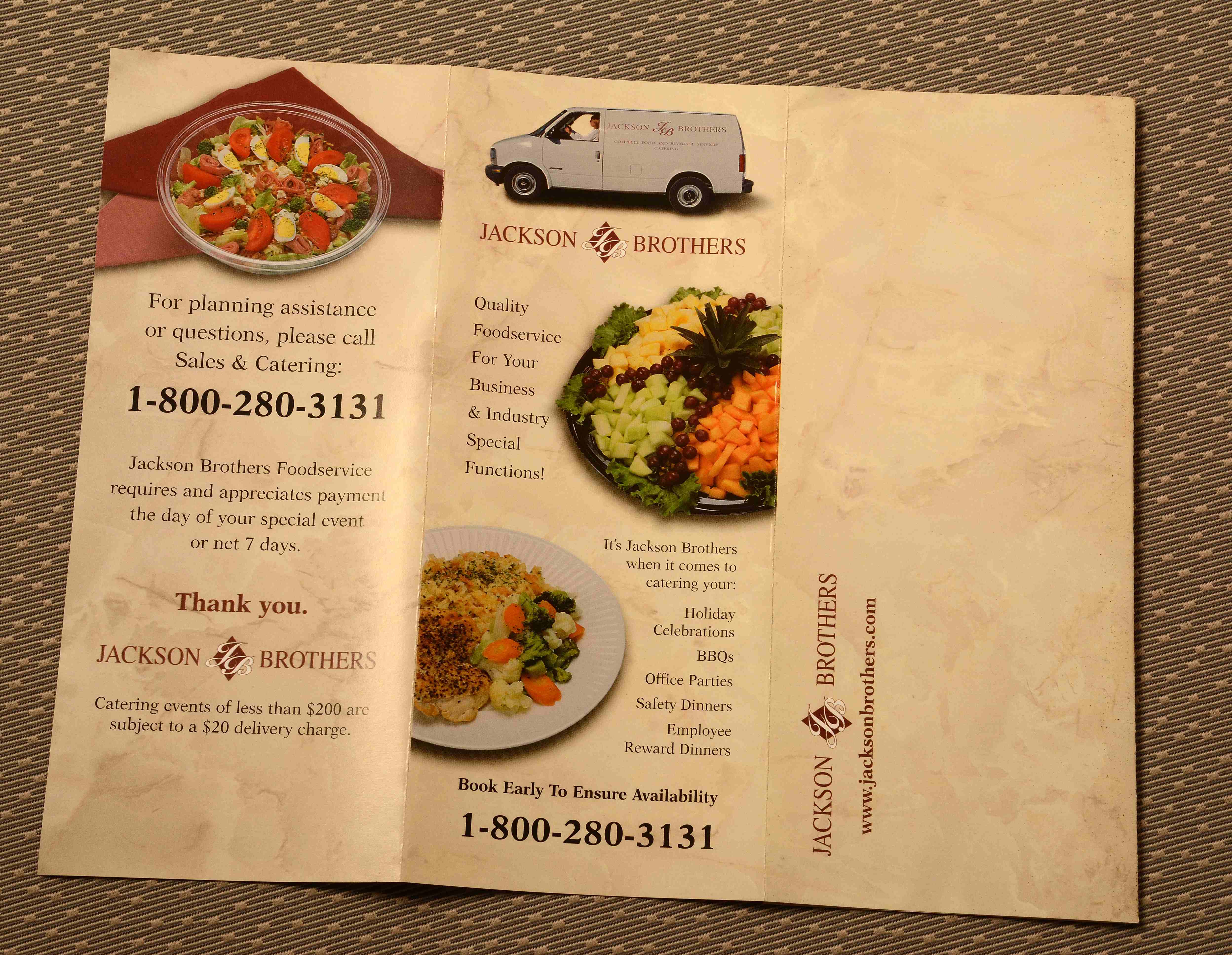
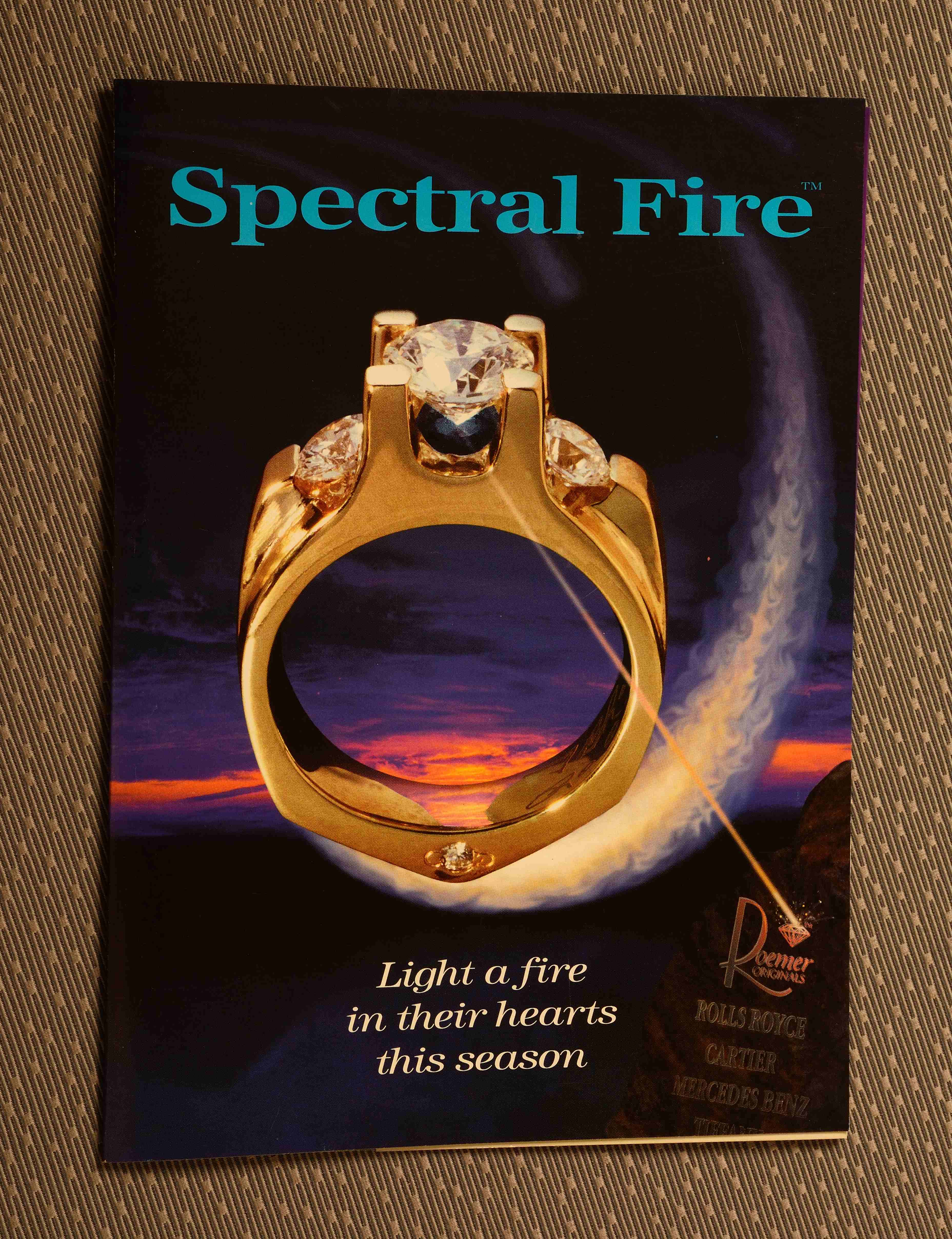
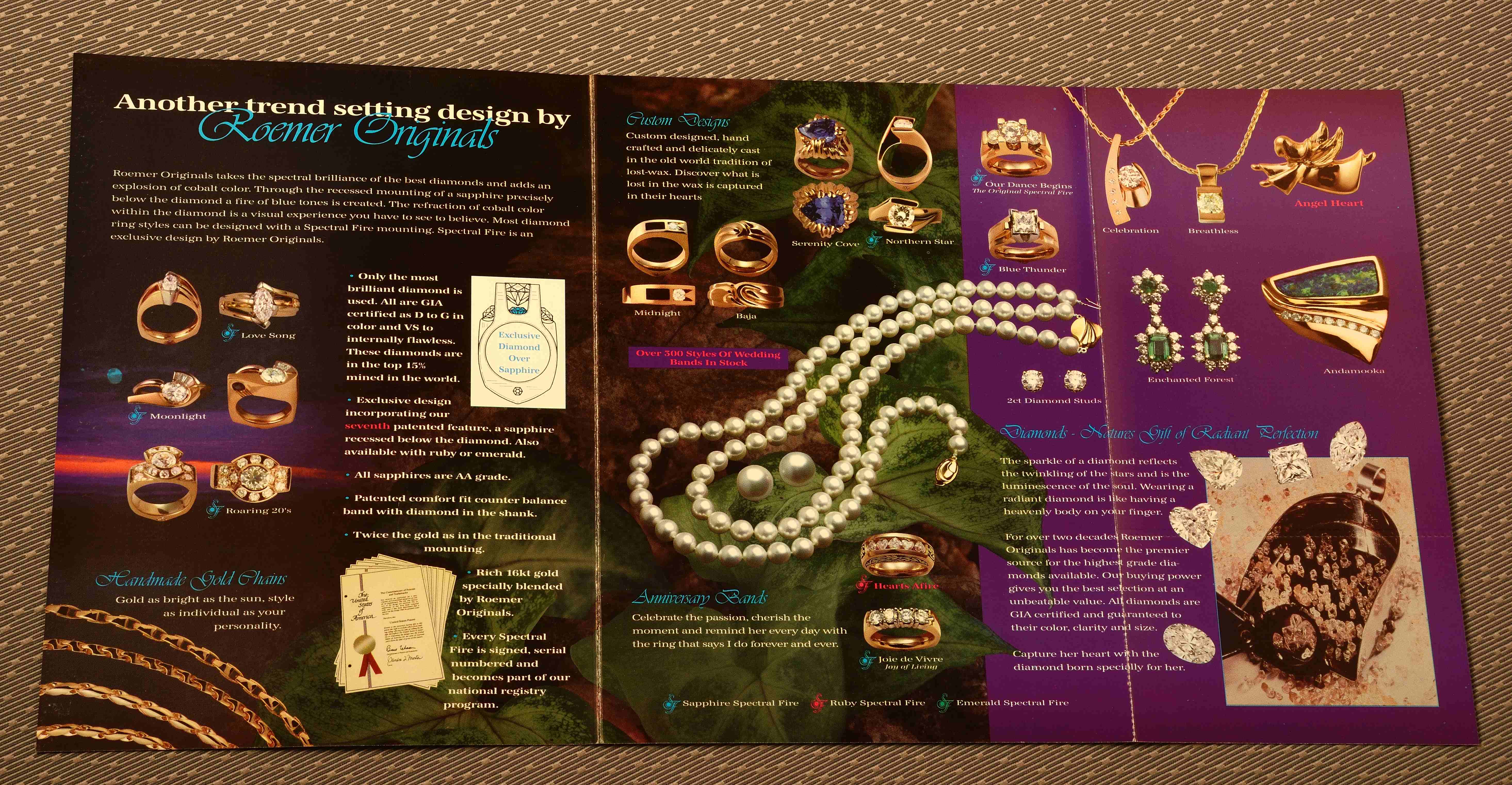


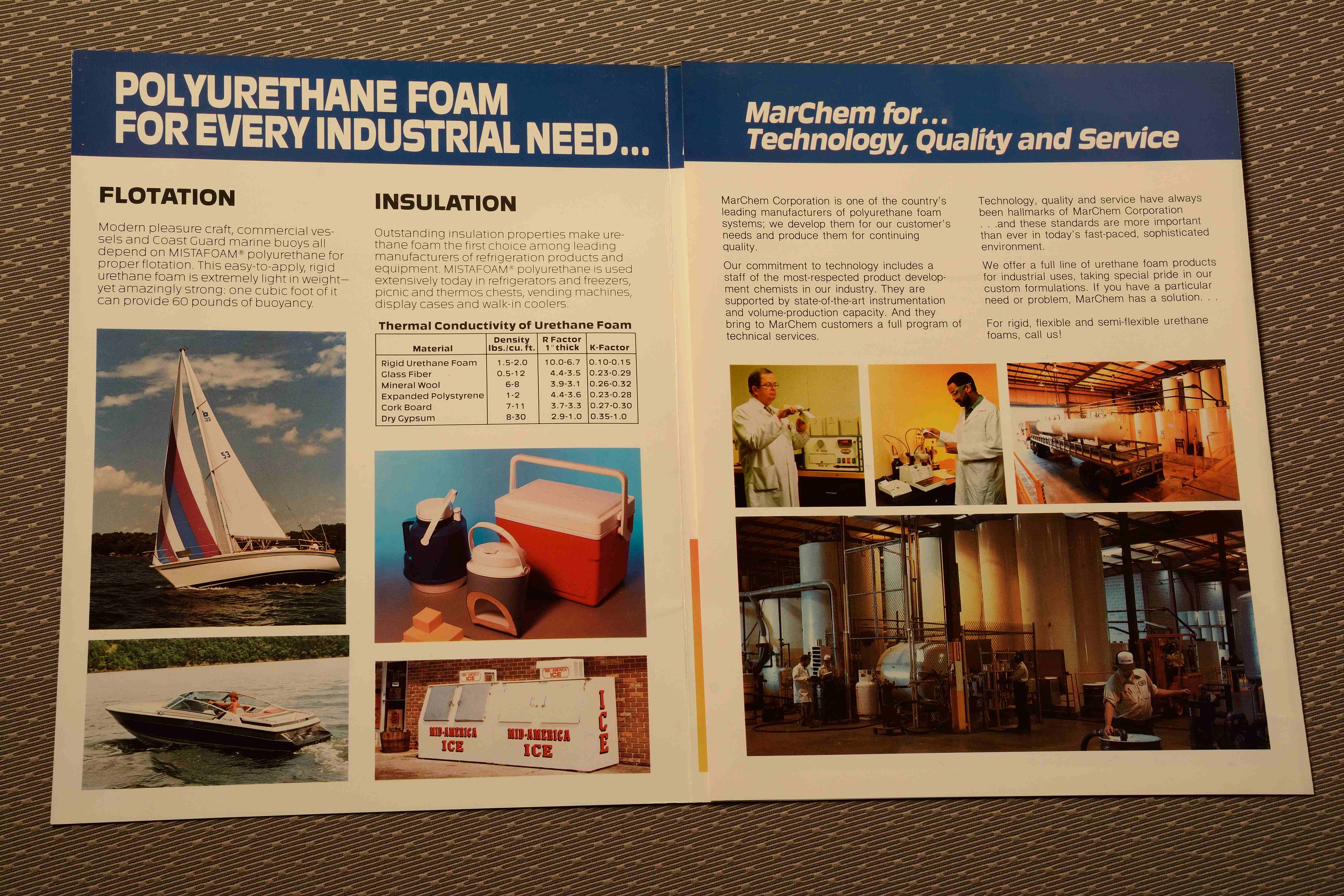
St Louis Studio Photography: Your Full-Service Commercial Photography Partner
At St Louis Studio Photography, we understand the nuances of image formats and their role in your branding and business marketing communications. Our extensive experience as a full-service commercial photography company equips us to meet your diverse multimedia production needs.
Based in St. Louis, our team is well-versed in both location and studio photography. Whether you require captivating product shots, engaging marketing visuals, or dynamic business videos, we have the expertise to bring your vision to life. Our commitment to quality and attention to detail ensure that your visual assets align seamlessly with your brand identity.
Over the years, we have collaborated with numerous large and small businesses and organizations in the St. Louis region, capturing the essence of their offerings through compelling photography productions. As professional photographers, we have honed our skills to deliver results that exceed expectations and drive impactful visual storytelling.
As you embark on your creative endeavors, let St Louis Studio Photography be your trusted partner in capturing moments that matter. Contact us today to discuss your project and discover how we can elevate your brand through our photography and videography expertise.
Call to Action: Experience the difference of professional photography with St Louis Studio Photography. Let us amplify your brand’s visual presence through our extensive portfolio of commercial photography and videography services. Contact us today to explore how we can elevate your business’s marketing communications and branding efforts. With a proven track record of serving the St. Louis region, we are ready to transform your vision into stunning visuals that leave a lasting impression.
